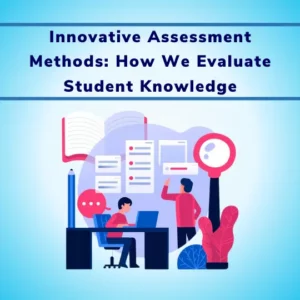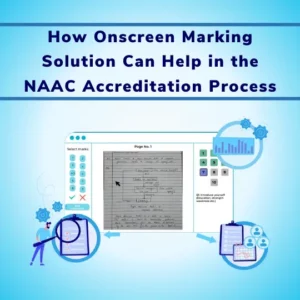Article Contents
Introduction
The conventional answer sheet evaluation system follows an approach that utilizes a lot of human resources, transport costs, answer sheet storage rooms, and infrastructure that makes the overall process costly and slow.
Understanding the challenges and hurdles is one of the first steps to preparing for solving these challenges. In line with the same, this article will help you to understand what are the bottlenecks associated with conventional marking systems and how you can streamline the answer sheet checking process with technology.
Difficulties faced during conventional answer sheet evaluation
1. Unnecessary and time-consuming process steps
The evaluation process starts with the collection of the answer sheets from various classrooms or exam centers, once collected, the answer sheets are sorted as per the requirement.
The next step is to allocate these answer sheets to the evaluators, and send the allocated answer sheets to the evaluators. This process takes a lot of time, cost, and effort.
Also, there is a high possibility of mismanagement of the answer sheets while sorting or allocating them to the evaluator. A single mistake can delay the overall timeline and delay the result declaration.
2. Lack of evaluation traceability
Once the answer sheets are allotted for evaluation, there is no possibility to check the overall progress of answer sheet checking.
This makes the administrator totally disconnected from the process until the answer sheets are returned back from evaluators. This not only impacts the deadline of answer sheet evaluation but also makes it questionable if or not the evaluators have devoted sufficient time to check each and every answer sheet.
3. Unorganized moderation process
Institutes send about 5-10% of total answer sheets for moderation.
This follows a random sampling; meaning that any of the available answer sheets are randomly chosen and sent for moderation. A better model of sampling would be one that is based on certain selection rules, for example, 25% of answer sheets of students who have got 40 to 60 marks out of 100 marks should be sent for moderation. Or 100% of the answer sheets of students getting 30 to 35 marks out of 100 marks should be sent for moderation.
4. Answer sheet mismanagement and security threat
Once the answer sheets are evaluated; they are sent to the examination administrator who stores these answer sheets in a room and compiles data to generate results.
It is questionable if the answer sheets are stored in a secure manner or not which makes the overall process unreliable. Also, there is the possibility of missing or damaging the answer sheets.
5. Tedious result generation process
Once the answer sheets are evaluated and collected from the respective evaluators, it is a tedious task to compile the data from each and every answer sheet for each of the students.
Initially; the marks of each subject are entered followed by a manual compilation of marks of all subjects for each of the students, on one side, this process is highly tedious, and another side, it is important to maintain the accuracy of the result compilation as the results are directly linked with the future of the students, which makes the process slow.
6. Slow re-evaluation process
Re-evaluation is an inevitable part of the examination process, it not only serves justice to the aggrieved students but also makes the evaluation process transparent and reliable.
The conventional method of re-evaluation follows a process flow that requires answer sheet sporting, selection, and answer sheet rechecking. The earlier awarded marks are masked in order to make the re-evaluation unbiased and transparent, this process needs a white patch to be stuck on the marks section of the answer sheet. This makes the process slow and delays the result redeclaration.
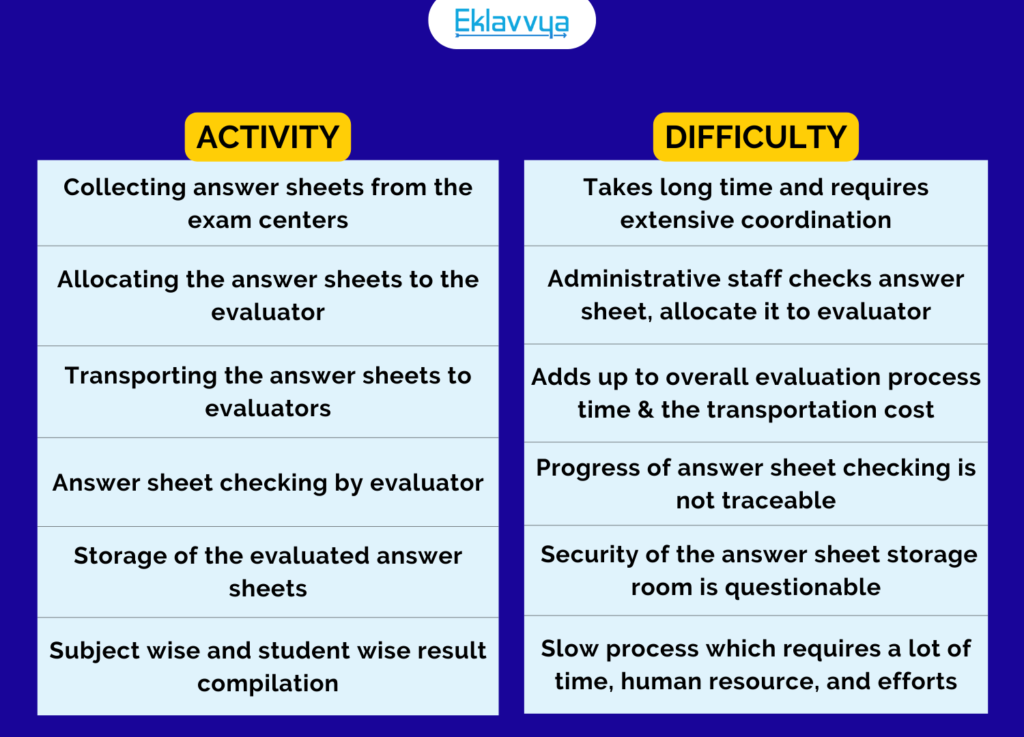
How can the technology help to tackle the difficulties faced while working with older marking systems?
The OnScreen Marking Solution, a technology that supports the OnScreen answer sheet Evaluation process, is designed with an aim to tackle the issues faced while working with conventional marking systems.
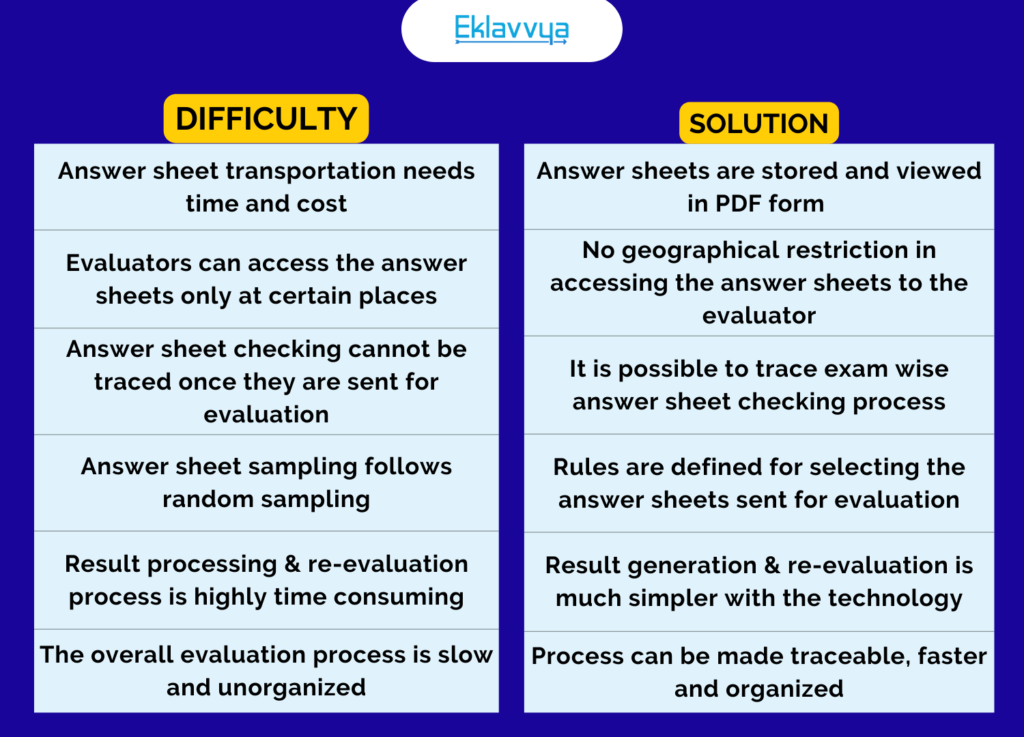
With the help of specially designed technological interfaces like OnScreen Marking Solution, it is possible to cope with the challenges faced during conventional answer sheet evaluation.

The novel answer sheet evaluation systems are not only fast but are also secure and reliable, implementing these systems can help the institutes to save cost, infrastructure, and time with increased accuracy of answer sheet evaluation.
FAQs
Most of the issues faced in conventional answer sheet evaluation are linked to the accuracy, speed, and coordination between the evaluators during the evaluation process. This factor negatively impact the overall answer sheet-checking process and make it slow and tedious
The staff must be trained with the basics of the answer sheet checking process, a checklist to be followed during the evaluation can be provided for the evaluators, for example, the first item in the checklist would be to identify and mark the blank pages of the answer sheet. The process can be further streamlined by implementing digital evaluation systems.
The digital evaluation systems make the evaluation process streamlined, it is possible to exempt unnecessary activities from the evaluation procedure and to complete each of the activities associated with answer sheet evaluation within minutes. For example, when the digital evaluation system is implemented; there is no need of transporting the answer sheets to the evaluators and back to the administrator. Subject-wise and student-wise result compilation become a matter of a single click which would have otherwise taken a lot of time and effort.
It is a matter of a few hours to implement the digital evaluation system for your institute, to explore the features; you can start with the free demo of the digital evaluation system. The only prerequisite for implementing the digital evaluation system is an internet enabled device; no other resources are required for the admin as well as the evaluator.


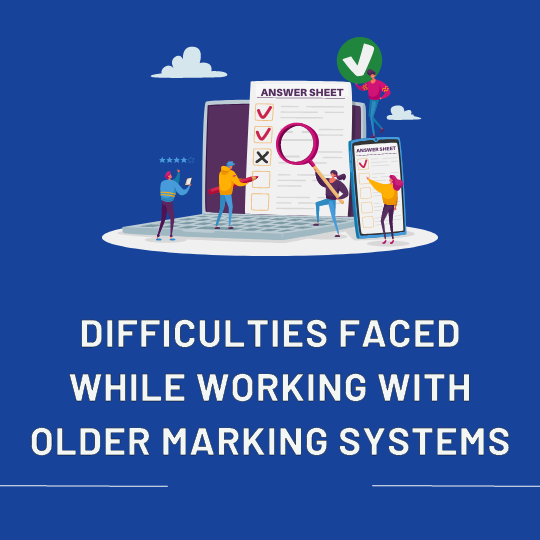
![How Government-Led Exams at 250+ Locations Are Setting New Standards of Integrity [Case Study]](https://www.eklavvya.com/blog/wp-content/uploads/2024/04/Enhancing-Exam-Integrity-Government-Certification-in-250-Locations-150x150.webp)
![Transforming Central Govt. Exams Evaluation: How Onscreen Marking is Leading the Charge [Case Study]](https://www.eklavvya.com/blog/wp-content/uploads/2024/04/How-Onscreen-Marking-Revolutionized-Central-Govt-Exams-Case-Study-1-150x150.webp)

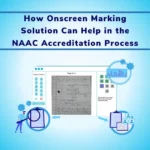
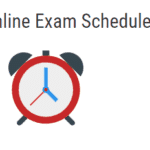

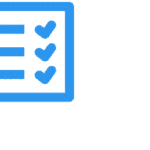










![How Onscreen Marking Revolutionized Central Govt Exams [Case Study]](https://www.eklavvya.com/blog/wp-content/uploads/2024/04/How-Onscreen-Marking-Revolutionized-Central-Govt-Exams-Case-Study-1-300x300.webp)
